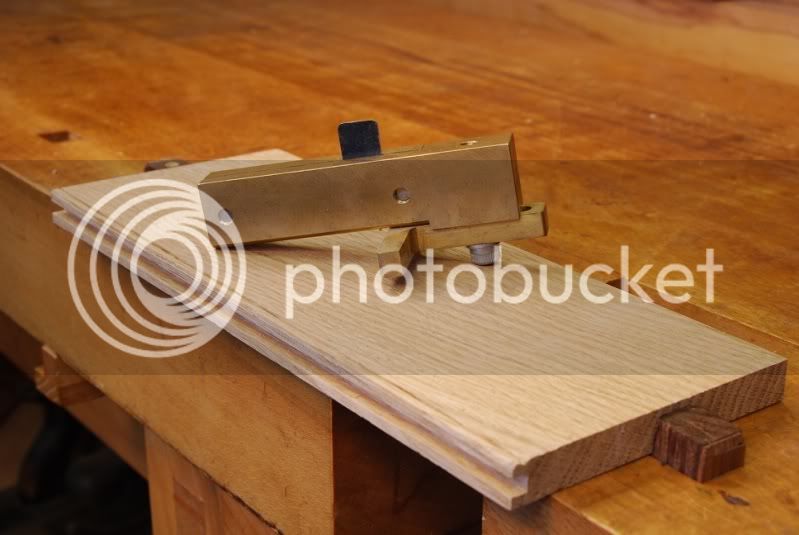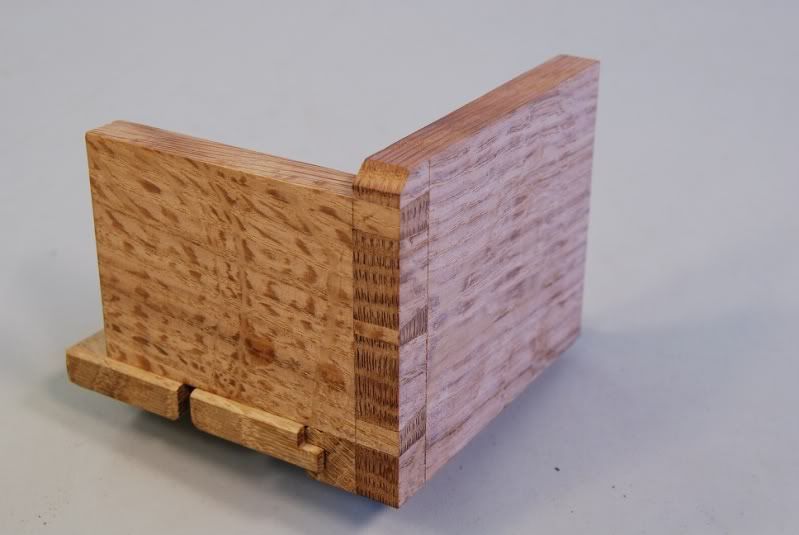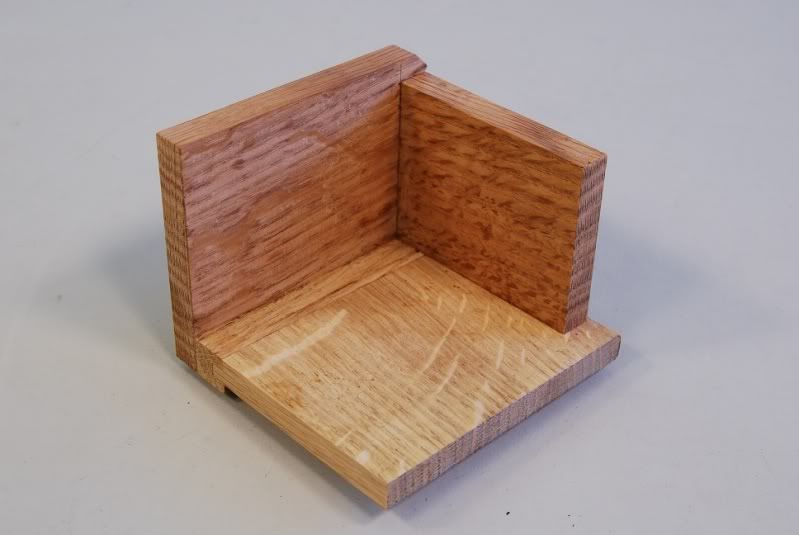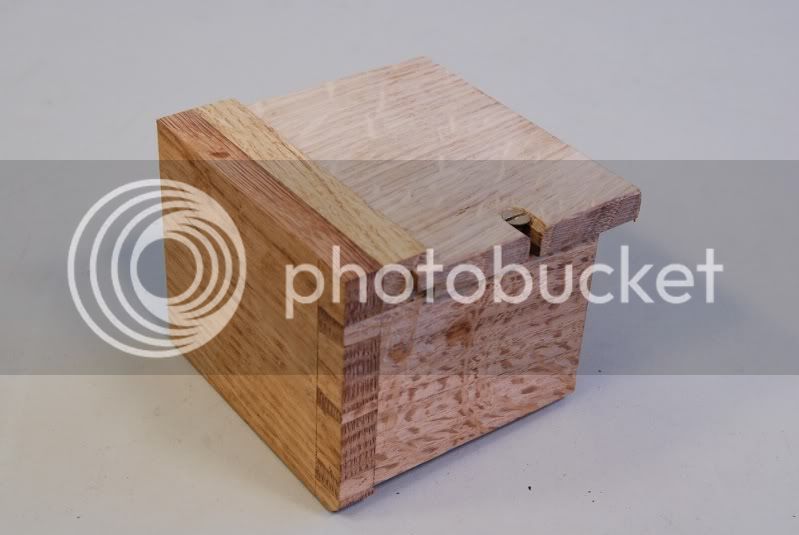A better quality slip form?
The sketches below are for an alternative flush style slip-- this is where the top face of the drawer bottom sits flush with the top edge of the slip. Many consider this to be superior because of the flush appearance on the inside of the drawer, but you do lose a little storage space because of the thicker drawer bottom required. Unfortunately, I don't have an example to hand to photograph, and I didn't photograph the construction of the last drawer I made with this configuration. But hopefully you'll be able to get the general idea from these sketches.
A. With the flush slip the drawer bottom is thicker. With the quadrant slip illustrated above you would use, for eaxmple, a 6 mm thick bottom, in this case you'd use a bottom about 12 mm thick. A tongue is worked on the bottom face of the drawer bottom at either end where they fit into the slip grooves. At the front edge, the tongue is worked into the top face of the drawer bottom, and this tongue fit into the groove worked into the back face of the drawer front. The idea here is that if there's any shrinkage in the width (front to back) of a solid wood bottom it doesn't show as a gap (when viewed from the inside) on the back face of the drawer front.
B. Finally, here is a sketch of the rear view of a drawer constructed to set the top face of the drawer bottom flush with the top edge of the slip. The little bead and quirk detail on the top inside corner of the slip is just one decorative option to disguise the intersection between slip and drawer bottom. Slainte.






































